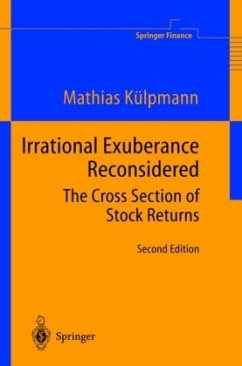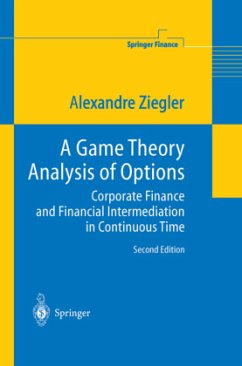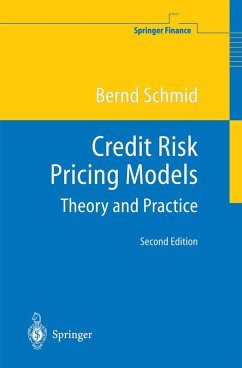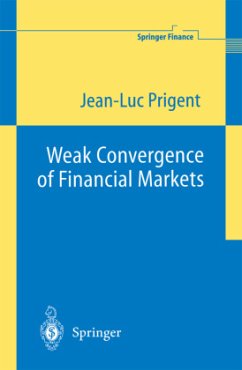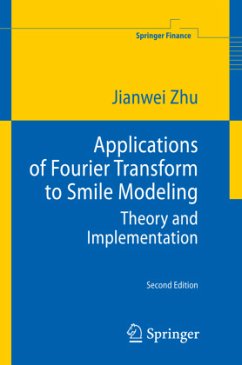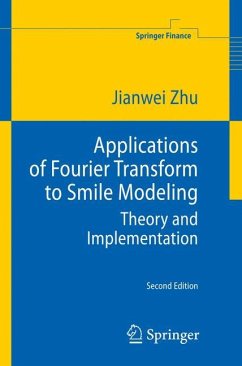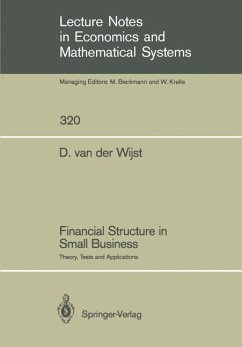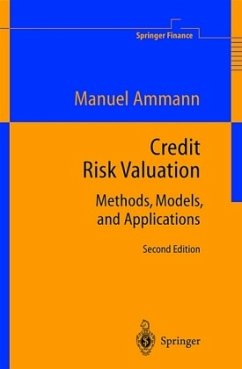
Asset Pricing
Modeling and Estimation
Versandkostenfrei!
Versandfertig in 6-10 Tagen
113,99 €
inkl. MwSt.

PAYBACK Punkte
57 °P sammeln!
The modern field of asset pricing asks for sound pricing models grounded on the theory of financial economies a la Ingersoll (1987) as weIl as for accu rate estimation techniques a la Hamilton (1994b) when it comes to empirical inferences of the specified model. The idea behind this book on hand is to provide the reader with a canonical framework that shows how to bridge the gap between the continuous-time pricing practice in financial engineering and the capital market data inevitably only available at discrete time intervals. Three major financial markets are to be examined for which we sele...
The modern field of asset pricing asks for sound pricing models grounded on the theory of financial economies a la Ingersoll (1987) as weIl as for accu rate estimation techniques a la Hamilton (1994b) when it comes to empirical inferences of the specified model. The idea behind this book on hand is to provide the reader with a canonical framework that shows how to bridge the gap between the continuous-time pricing practice in financial engineering and the capital market data inevitably only available at discrete time intervals. Three major financial markets are to be examined for which we select the equity market, the bond market, and the electricity market. In each mar ket we derive new valuation models to price selected financial instruments in continuous-time. The decision criterium for choosing a continuous-time model ing framework is the richness of the stochastic theory available for continuous time processes with Merton's pioneering contributions to financial economics, collected in Merton (1992). The continuous-time framework, reviewed and as sessed by Sundaresan (2000), allows us to obtain analytical pricing formulae that would be unavailable in a discrete time setting. However, at the time of implementing the derived theoretical pricing models on market data, that is necessarily sampled at discrete time intervals, we work with so-called exact discrete time equivalents a la Bergstrom (1984). We show how to conveniently work within astate space framework which we derive in a general setting as weIl as explicitly for each of the three applications.





